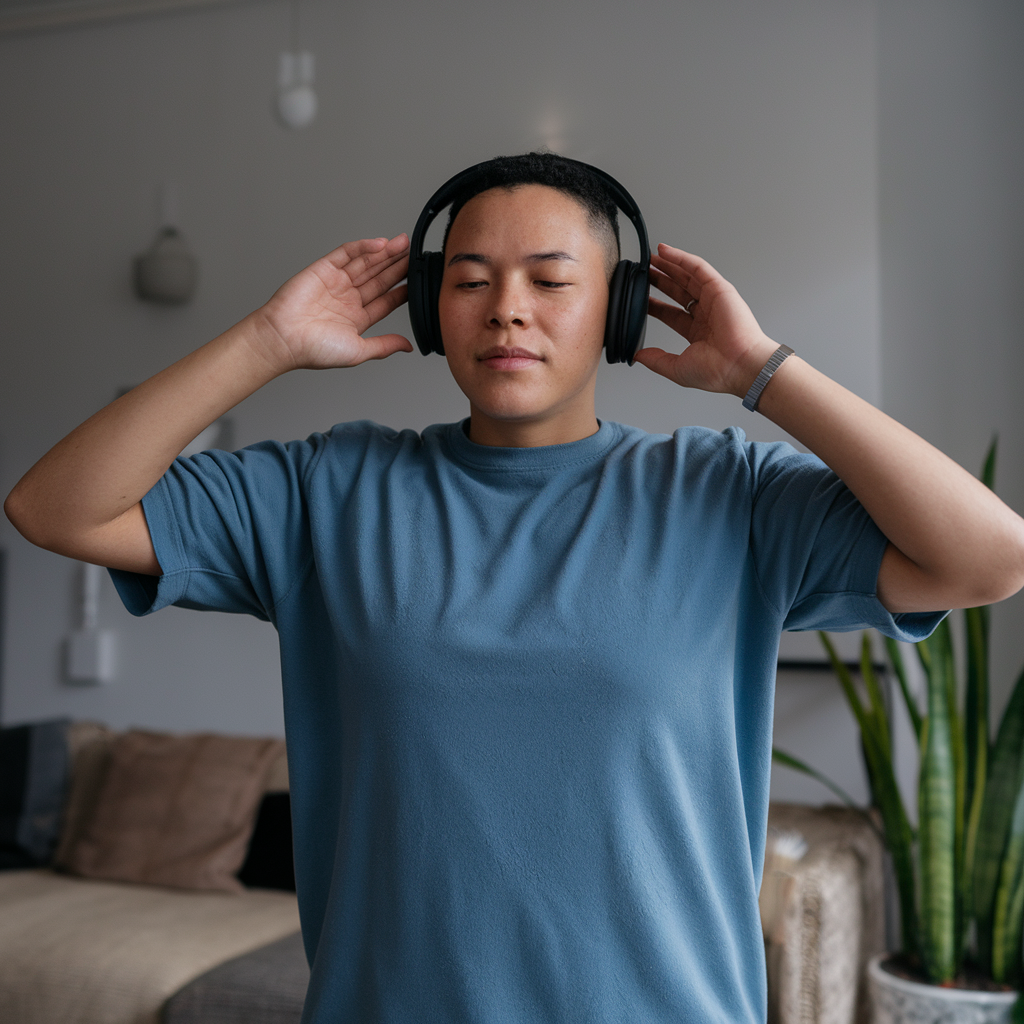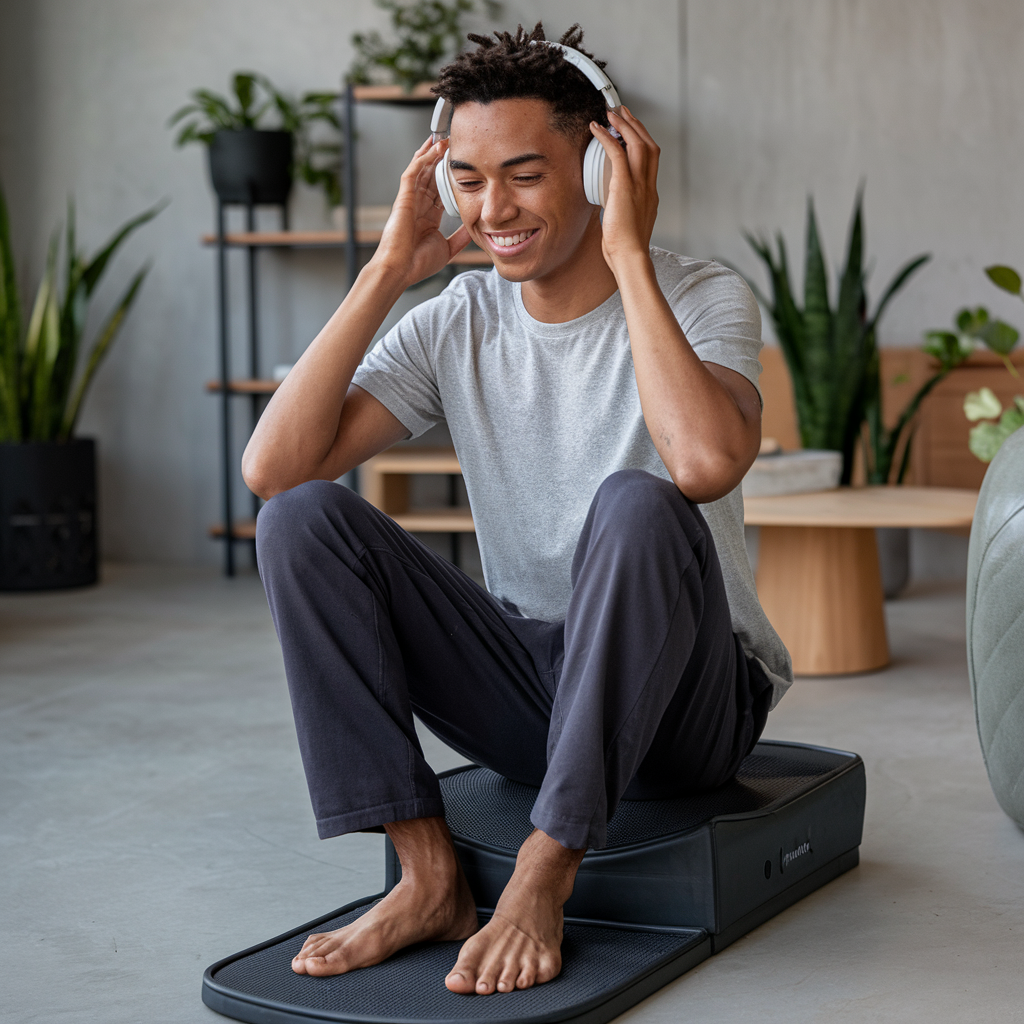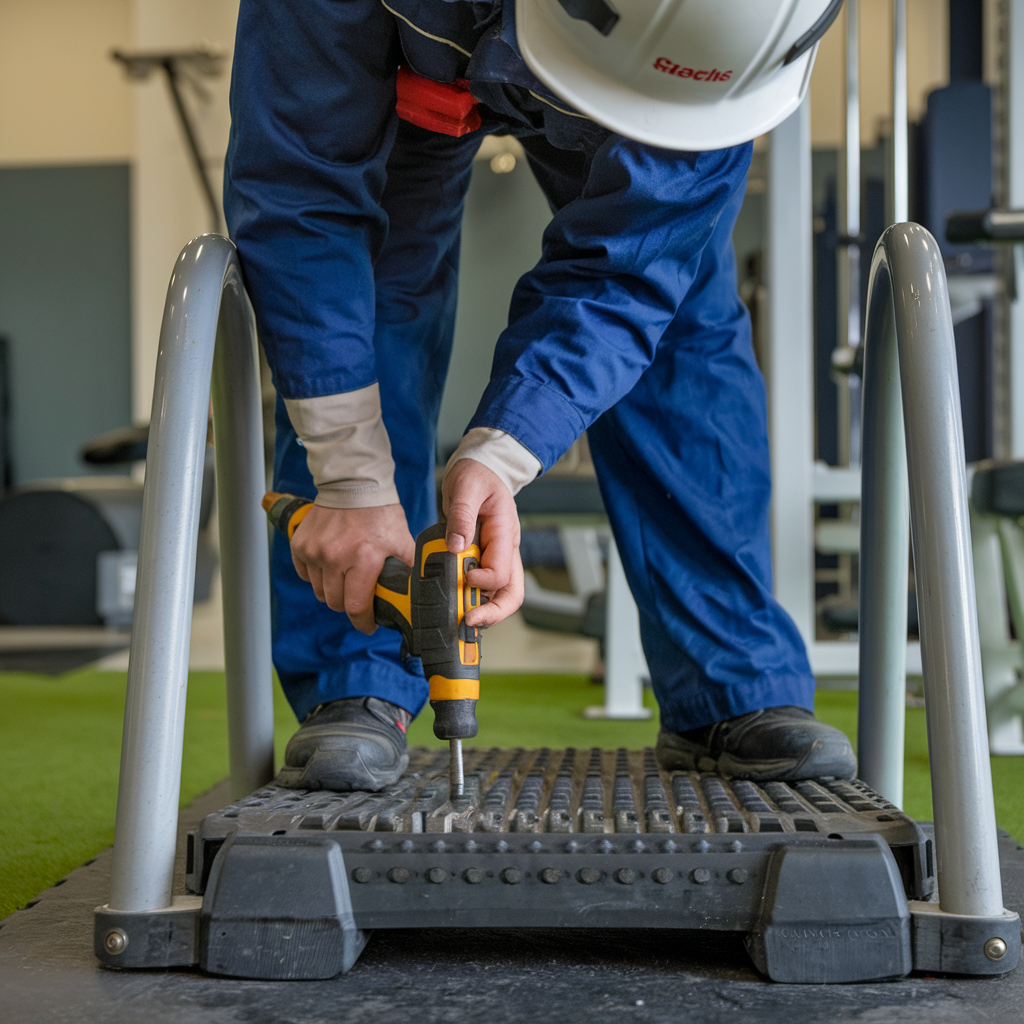Physical Address
304 North Cardinal St.
Dorchester Center, MA 02124
Physical Address
304 North Cardinal St.
Dorchester Center, MA 02124

If you're considering adding a walking pad to your home workout routine, you might be wondering about the noise level. After all, no one wants a distracting sound while getting their steps in or trying to focus on a show. Walking pads have surged in popularity for their convenience and compact design, but you need to know if they’ll disrupt your peace.
Most walking pads are designed to operate qui
If you’re considering adding a walking pad to your home workout routine, you might be wondering about the noise level. After all, no one wants a distracting sound while getting their steps in or trying to focus on a show. Walking pads have surged in popularity for their convenience and compact design, but you need to know if they’ll disrupt your peace.
Most walking pads are designed to operate quietly, making them perfect for small spaces or shared living environments. However, factors like the model you choose and your floor type can influence the overall noise. Let’s dive into the details to help you find the right walking pad that fits your lifestyle without the unwanted clatter.

When considering a walking pad for your home workout routine, noise levels are an important factor. Fortunately, most walking pads are engineered to operate quietly. Here are the key points to consider regarding their noise levels:
Many walking pads incorporate advanced technologies and materials designed to minimize noise. Features like noise-reducing motors and cushioned decks contribute to a quieter experience, allowing you to walk without disturbing others in your home.
Different models may produce varying sound levels. Higher-end models often provide a quieter operation due to superior construction and noise-dampening features. Conduct research and read reviews to find a model praised for its silent functionality.
The type of flooring in your space can affect noise transmission. Hard surfaces like tile or hardwood may amplify sounds. In contrast, carpet or rubber flooring can absorb vibrations, enhancing the overall quietness when you use the walking pad.
The intensity of your workout can influence noise levels. Walking at a moderate pace typically generates less noise than running or jogging. Adjust your speed to maintain a quieter environment if needed.
Proper maintenance of your walking pad can help keep it operating quietly. Regularly lubricate belts and check for any loose parts that may cause rattling noises. Staying on top of maintenance ensures a consistently smooth and silent workout experience.
Overall, by choosing the right model and managing factors like usage intensity and flooring type, you can enjoy the benefits of a walking pad without significant noise disruption.
When selecting a walking pad, several factors can significantly influence noise levels during use. Understanding these elements is crucial for ensuring a quiet experience.
The design and construction of the walking pad play a major role in how much noise it produces. Most walking pads are built with specific technologies aimed at reducing sound, such as noise-dampening motors and cushioned decks. Low-profile models often prioritize portability and quiet operation while treadmills may produce more noise due to their powerful motors and greater mechanical parts. It’s important to choose a model that emphasizes quiet functionality if noise is a concern.
The type of surface where you place your walking pad can greatly affect noise levels. Softer surfaces like carpet tend to absorb vibrations better than harder surfaces such as tile or hardwood. By placing your walking pad on a carpeted area, you can significantly reduce noise transmission to neighboring rooms or floors. If your space has hard flooring, consider using a thick exercise mat to help mitigate sound and provide extra cushioning.
The power of your walking pad’s motor can also impact its noise levels. Higher-powered motors are typically more efficient but may produce more sound, especially when under heavy load, such as during faster walking or running. Conversely, lower-powered motors can operate more quietly but may struggle with heavier workouts. It’s essential to find a balance that fits your exercise routine with a motor capable of maintaining performance without excessive noise.
When using a walking pad, you may encounter specific noise issues that can impact your workout experience. Understanding these sounds can help you determine their causes and find solutions.
Squeaking noises often arise from friction between moving parts. This can occur if the walking pad’s belt is misaligned or not adequately lubricated. Regular maintenance is key; check the belt tension and apply a silicone lubricant where needed. If squeaks persist, inspect the roller assembly for wear and tear or loose bolts that may require tightening.
Rattling sounds may indicate loose components within the walking pad. This noise could stem from the frame or the deck itself. To resolve rattling, examine all visible screws and bolts, ensuring they are tight. Additionally, check that the pad is placed on a level surface, as uneven flooring can exacerbate rattling effects.
Whirring noises typically come from the motor of the walking pad. While some level of sound is normal during operation, excessive whirring could signal an underlying issue. Ensure proper electrical connections and consult the user manual for motor maintenance guidelines. If the whirring escalates or becomes unusual, consider contacting customer support for professional assistance.

Minimizing noise from your walking pad can enhance your workout experience and ensure a peaceful environment. Here are some effective strategies to keep the noise to a minimum.
Choose a suitable location for your walking pad to reduce noise levels. Position it on a carpet or a rug, as these surfaces absorb vibrations and dampen sound. Avoid placing it directly on hard flooring, as this amplifies noise. Ensure the walking pad is on a flat and stable surface to prevent rattling during use. If your space allows, consider creating a dedicated workout area, which can further isolate noise from other living spaces.
Regular maintenance is key to minimizing noise issues. Inspect your walking pad for any loose screws or components before each use. Tighten any loose parts to prevent rattling noises. Keep the area around your walking pad clean and clear of obstructions to avoid interference during your workout. Regularly check the belt tension, as a loose belt can lead to increased noise. By staying on top of these maintenance tasks, you can ensure quieter operation and prolong the lifespan of your equipment.
Proper lubrication significantly reduces friction in your walking pad, leading to quieter operation. Refer to the manufacturer’s guidelines for the recommended lubricant type and frequency. Apply lubricant to the running belt and motor components as directed to minimize noise from wear and tear. Lubricating your walking pad every three to six months—or sooner if you use it frequently—will help maintain a smooth and silent workout experience. Regular lubrication not only enhances performance but also improves your overall satisfaction with the equipment.
If you are exploring options other than walking pads for your home workout, several alternatives can suit your needs while keeping noise levels in check.
Quiet treadmills are a fantastic alternative to walking pads, providing a wider range of workout options. Many modern treadmills come equipped with advanced noise-reduction technology and cushioned decks to minimize sound during use. Look for models specifically marketed as “whisper-quiet” which often feature smaller motors and enhanced soundproofing. When considering a quiet treadmill, ensure it supports your desired workout intensity, allowing you to walk, jog, or run without disturbing others in your space.
Several other low-impact exercise machines can offer a quieter workout experience. Consider the following options:
By exploring these alternatives, you can maintain an effective workout routine while minimizing noise disruption in your home.
Choosing a walking pad doesn’t have to mean compromising your peace and quiet. With most models designed for quiet operation you can enjoy your workouts without disturbing others in your home. By considering factors like model type flooring and maintenance you can further reduce any noise that may arise.
Remember that proper placement and regular upkeep play a significant role in keeping your walking pad silent. If you find that noise is still an issue exploring alternatives like quiet treadmills or low-impact exercise equipment can help you maintain your fitness routine without the added sound. Ultimately you can create a harmonious workout environment that fits seamlessly into your lifestyle.